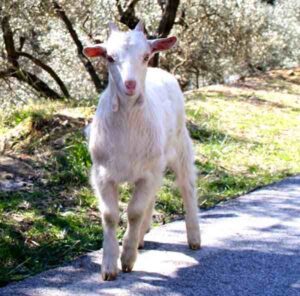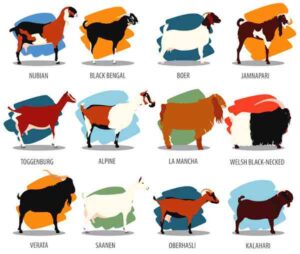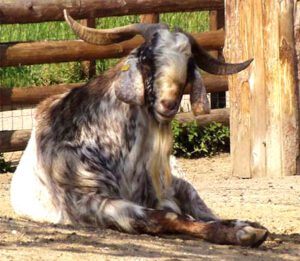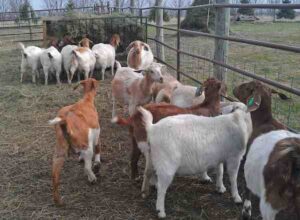Learning about goat characteristics is very useful for goat farming. Goats are the common and mostly raised domestic or farm animals. They are also awesome as pets. There are two types of goats available in the nature.
The common domestic goats (Capra hircus) and the wild goats (Capra aegagrus). Although all domestic goats are the result of taming of the wild goats.
Wild goats live throughout the eastern Europe and in southwestern and central parts of Asia. Wild goats are similar to their domesticated counterparts but their characteristics are different from the domesticated goats.
Goat Characteristics
Here we are describing about physical and lifestyle goat characteristics of both domestic and wild goats.
1. Domestic Goat’s Physical Characteristics
There are numerous domestic goat breeds available around the world. On an average, domestic goat can weights around 15 kg to 130 kg depending on the breeds. Coat color vary depending on the breeds.
Usually most common colors in domestic goats include black, brown, red, tan and white. Some goats also have several different colors in their body. Most of the domestic goats have horns and beards. Usually male goats tend to be larger than the female.
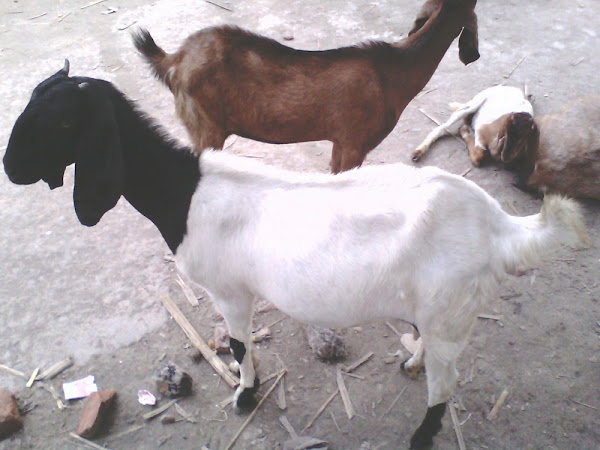
2. Domestic Goat’s Lifestyle Characteristics
There are numerous breeds of domestic goats are available throughout the world. And there are many farms available who are raising these goats. Managing domestic goats is very easy. You can easily manage them if you have sufficient amount of grass or other greens around your farm.
Domestic goats are very friendly in nature and gentle. They can be easily raised because of their tame nature. If you limit your domestic goats inside a fence which is free from predators, they will live and grow there happily.
Goats are grazing creatures by nature and consume a lot of greens and grass (both fresh and dry). Domestic goats also love to eat various types of leaves and grains. And they love to live in a clean environment.
3. Wild Goat’s Physical Characteristics
Wild goats are mountain-dwelling creatures and comparatively tendinous than the domestic goats. Generally wild goat weights around 130 to 300 pounds depending on the species. They have very thick and rough fur. The color of their fur vary depending on the species like domestic goats.
Generally they have brown, black, gray, red and white colored fur in their body. Like the domestic goats, the colors on the coats of wild goats are different. Male wild goat has large horns.

Although both male and female have horns, but female has smaller horns than the male. Horns of wild goats also bigger than the horns of domestic goats. And both male and female wild goats have beard.
4. Wild Goat’s Lifestyle Characteristics
Wild goats are also available in many countries around the world. But they are highly available in Asia and Europe. They live in conifer forests and in the rugged montane regions.
They consume almost everything that they find edible in front of them in the forest. Their diet includes grass, various types of leaves, berries, tree barks, foliage, twigs and other types of greens. They also like dry and clean place for living.


